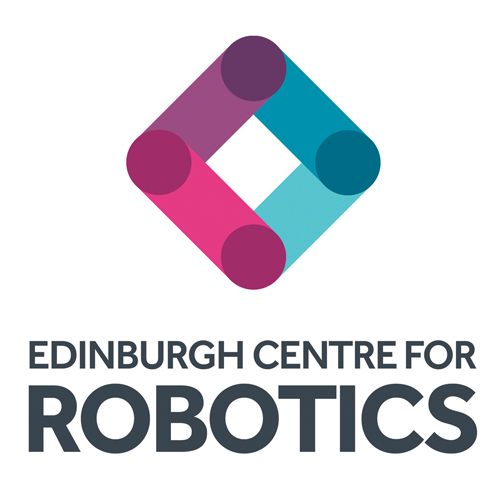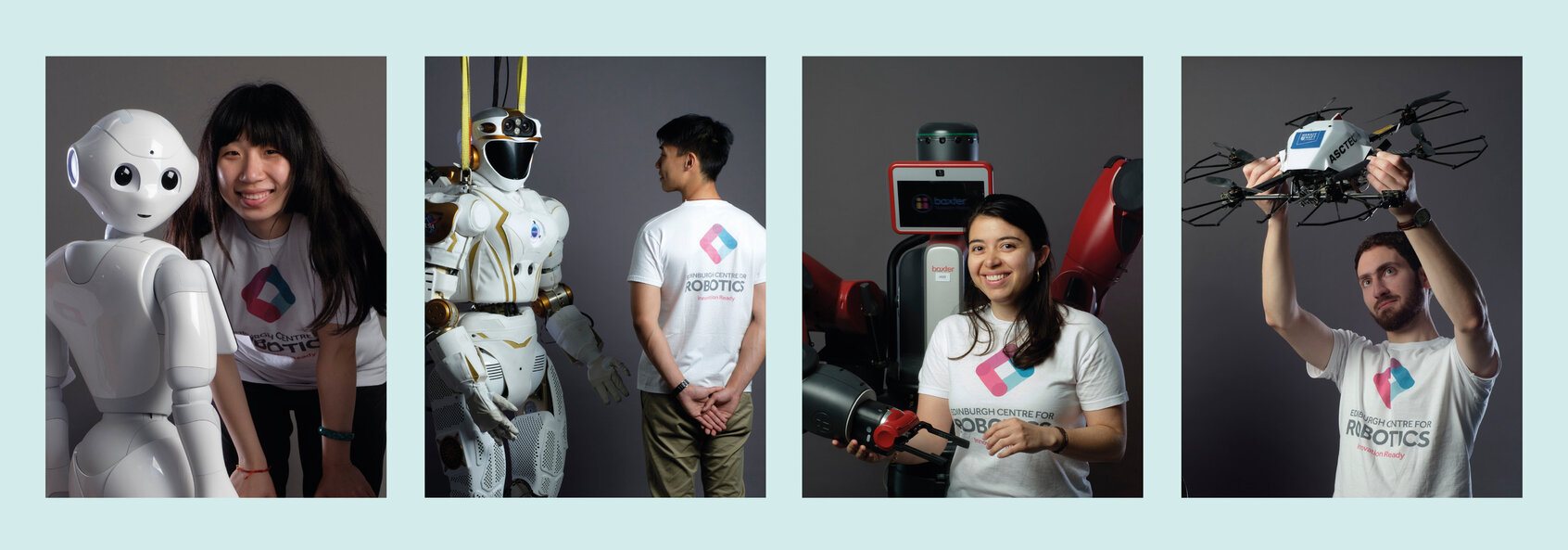Students attend Dumfries and Galloway Science Festival
Submitted by Anne Murphy on Tue, 24/04/2018 - 15:37RAS CDT students Siobhan Duncan and Boris Mocialov attended the Dumfries and Galloway Science Festival along with Nathan Todd and Klaudia Kleczkowska from the Heriot-Watt Robotics Society.


